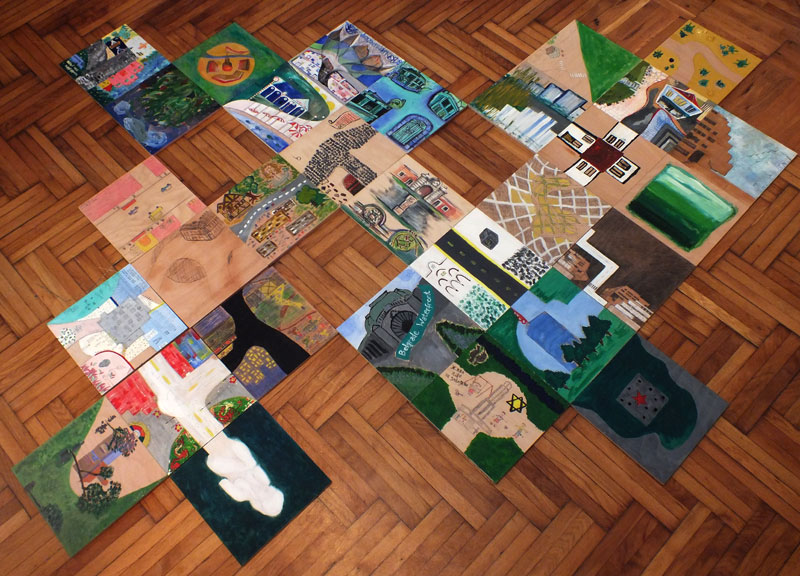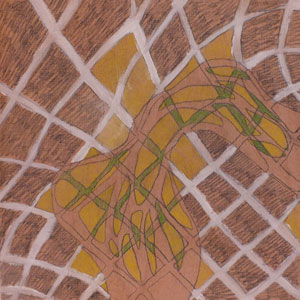 |
Daša Spasojević
Bezistan, Piazza Nikola Pašić.
“It was an old market place, now blocked by shops, banks and Mc Donalds, with the most beautiful sun and shade play, quiet (without noise in the city center) and special.”
“Era una vecchia piazza del mercato, ora invasa da negozi, banche e Mc Donalds, con il più bel gioco di sole/ombra, tranquilla (senza rumori nel centro della città) e speciale.”
|
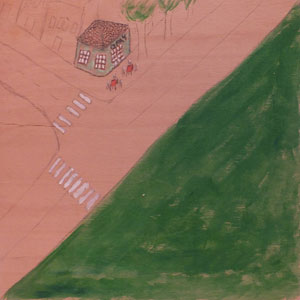 |
Tatjana Murišić
Kafana (osteria) Orač, Vračar.
“Tavern ‘Orač’ (the plower) was one of those places where you could get good food, even better company, and, on sundays have a family gathering. It was demolished in the end of 20th Century.”
“Osteria ‘Orać’ (aratore) era uno di quei posti dove si poteva avere cibo buono, ancora migliore compagnia, e di domenica per riunirsi con la famiglia. E’ stato demolito alla fine del XX secolo.”
|
|
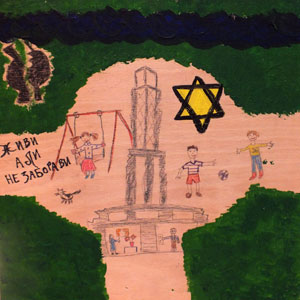 |
Anne Brisset Giustiniani
Staro Sajmište*, Blok 17, Novi Beograd.
44°48’46”, 20°26’37”
“Why? Not to forget this place was used as a
concentration camp and it is now a place where refugees from former Jugoslavia live.”
“Perché? Per non dimenticare che questo luogo è stato utilizzato come campo di concentramento e ora è un luogo dove i profughi della ex Jugoslavia vivono.”
|
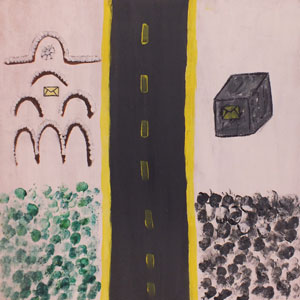 |
Marija Jovanović
Stara Pošta, Savska 2.
“Old central postoffice was built in 1929 according to critics it is a masterpiece, the most beautiful design by architect Momir Korunović. After World War II it went under total reconstruction. Architect Pavel Krat designed for the new project, shortening the building for two floors, and removing ornaments from it. The citizens of Belgrade were horrified to see the “old beauty” been transformed into plain cube building ill fitted for its surroundings. Beauty and grandeur of old building are forever to be a theme of people in love with Belgrade.” |
“La vecchia posta centrale è stata costruita nel 1929, secondo i critici si tratta di un capolavoro, il più bel progetto dell’architetto Momir Korunović. Dopo la seconda guerra mondiale l’edificio è andato in fase di ricostruzione totale. L’architetto Pavel Krat per il nuovo progetto ha accorciato la costruzione di due piani, e ne ha rimosso gli ornamenti. I cittadini di Belgrado sono inorriditi nel vedere la “bellezza antica” trasformata in un semplice edificio cubico così male attrezzato per i suoi dintorni. La bellezza e la grandezza del vecchio edificio sono per sempre un tema per le persone in amore con Belgrado.”
|
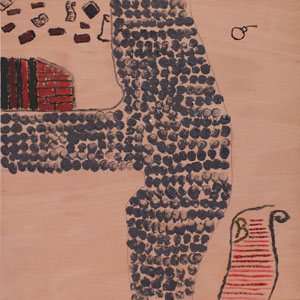 |
Sara Sopić
National Library, Kosančićev Venac.
“National library was destroyed in World War II, when Belgrade was bombed. Building was damage to the ground and every document that was held there disappeared on that day. Among those documents were some of the most significant cultural heritage of serbian nation.”
“La Biblioteca Nazionale fu distrutta nella seconda guerra mondiale, quando Belgrado è stata bombardata. L’edificio è stato raso al suolo e tutti i documenti che custodiva sono scomparsi quel giorno. Tra i documenti c’erano alcune delle più significative testimonianze del patrimonio culturale di nazione serba.”
|
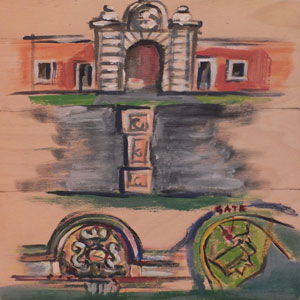 |
Marija Žakula
Gate Charles IV.
“It was built in early 18th Century in style of baroque architecture projected by german architect Balthasar Neumann. The coat of arms on the gate is the oldest one in Belgrade. The gate is located in lower town of Kalemegdan, famous pedestrian zone, the venue modern festival (concerts), and it needs to be restored. Its other name is gate of Eugene of Sandye.”
|
“E ‘stato costruito agli inizi del XVIII secolo in stile barocco progettato dall’architetto tedesco
Balthasar Neumann. Lo stemma sul cancello è il più antico di Belgrado. Il cancello si trova nella città bassa di Kalemegdan, famosa zona pedonale, vi ha sede l’odierno Festival (concerti), e ha bisogno di essere restaurato. Il suo altro nome è cancello di Eugene o Sandy”. |
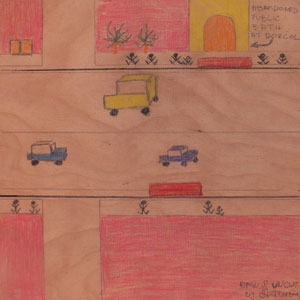 |
Dragana Koštica
Public Bath, Cara Dušana, Dorol.
“The bath is closed. Few years ago it was used as cultural center for parties, concerts and exhibitions. My wish is to use it again. The
place is very interesting. It has a pool, and can be reused and created as Stadtbad in Berlin, popular venue of alternative crowd.”
“Il bagno è chiuso. Pochi anni fa è stato utilizzato come centro culturale per feste, concerti e mostre. Il mio desiderio è quello di usarlo nuovamente. Il posto è molto interessante. Dispone di una piscina, e può essere riutilizzato e divenire come lo Stadtbad di Berlino, un luogo popolare di ritrovo per gente alternativa “.
|
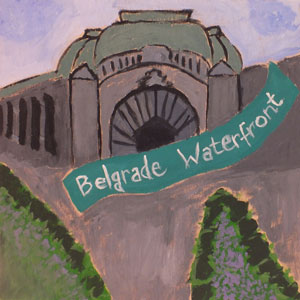 |
Maja Marković
Geozavod, Sava Mala 7.
“The abandoned building of Geozavod in Sava Mala, architectural masterpiece of Andra Stevanović and Nikola Nestorović built around 1906 became a symbol of all buildings and places in Serbia that need conservation and restauration. In last few years it became a playground for conceptual artists as part of the movement for raising awarness. After reconstruction in unknown circumstances it was closed off for general public. Now the building represents a special type of place upon which reconstruction it become inaccessible.”
|
“L’edificio abbandonato di Geozavod a Sava Mala, capolavoro architettonico di Andra Stevanović e Nikola Nestorović costruita intorno al 1906 divenne il simbolo di tutti gli edifici e luoghi in Serbia che hanno bisogno di conservazione e restauro. Negli ultimi anni è diventato un “parco giochi” per gli/le artisti/e concettuali come parte del movimento di sensibilizzazione a riguardo. Dopo la ricostruzione, avvenuta in circostanze non chiare, è stato nuovamente chiuso al grande pubblico. Ora l’edificio rappresenta un tipo speciale di posto in cui la ricostruzione ne determina l’inaccessibilità (al pubblico).”
|
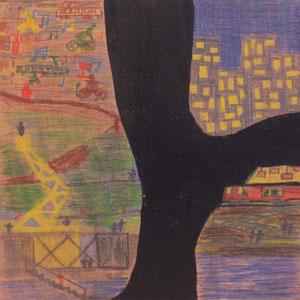 |
Jovana Jevtić
Karađorđeva , Savamala.
“It was a market place and a meeting point in 19th Century but then it changed function and was abandoned for years. Now it is a city center again even though it has heavy traffic and is not accessible easily.”
“E ‘stato un mercato e un punto di incontro nel
XIX secolo, ma poi ha cambiato funzione ed è stato abbandonato per anni. Ora è di nuovo un centro per la città anche se ha traffico intenso e non è accessibile facilmente “
|
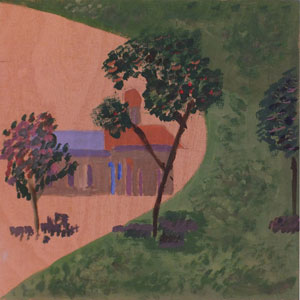 |
Sanda Milenković
Savinačka Crkva, Vračar, (today San Sava Temple).
“A temporary church that was removed for the purposes of the present temple. The church surroundings were used as an inspiration and meetings of the serbian impressionists.”
“Una chiesa temporaneo che è stata rimossa ai fini del presente tempio. I dintorni della chiesa sono stati utilizzati come fonte di ispirazione e le riunioni degli impressionisti serbi.”
|
|
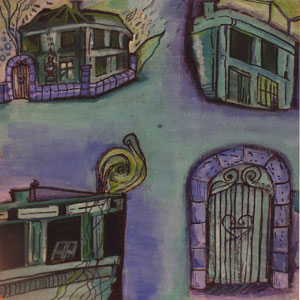 |
Miloš Petrović
Scary House, Krunska, Vračar.
“I made my choice because I know that this medieval house if restored would be amazing. I even know people for whom this house is a meeting place. I’ve heard that after a great fire nobody tried to move in and fix it. Nothing can be changed because from some reason it is locked and is under protection of the state.”
“Ho fatto la mia scelta, perché so che questa casa medievale se restaurata sarebbe incredibile. So anche di persone per le quali questa casa è un luogo di incontro. Ho sentito che dopo un grande incendio, dove nessuno tentò di muoversi per spegnerlo. Nulla può essere cambiato perché per qualche motivo il luogo è chiuso ed è sotto la protezione dello stato.”
|
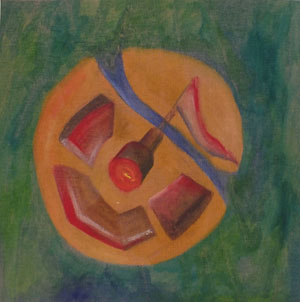 |
Marija Vujić
Staro Sajmište, Blok 17, Novi Beograd.
“This place is important because of its location in the city. It’s settled next to the river and it forms a sort of entrance to the New Belgrade. In collective memory it represents a place that symbolizes pain and suffering because it was used in the second world war, but also it was a representative place right before the war, so it has a “double” nature.
|
“Questo posto è importante per la sua posizione in città. Si trova vicino al fiume e forma una sorta di ingresso alla Nuova Belgrado. Nella memoria collettiva rappresenta un luogo che simboleggia il dolore e la sofferenza perché è stato usato nella seconda guerra mondiale, ma è stato anche un luogo di rappresentanza appena prima della (seconda) guerra, quindi ha un carattere “doppio.”
|
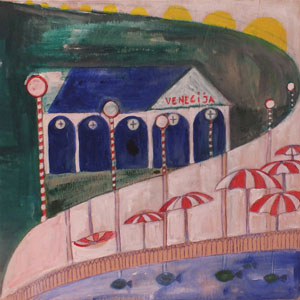 |
Ivana Juzbašić
Restaurant “Venecija”, Zemunki Kej, Zemum.
“Restaurant reminds me of my childhood and idyllic sunday afternoons spent with my family. On the same location, more than a century, there is one of most famous meeting places and a city trademark just outside my home. Today, everything is changed, it is half empty and it lost its old spirit.”
“Il ristorante mi ricorda la mia infanzia e idilliache domeniche pomeriggio trascorse con la mia famiglia. Nello stesso luogo, da più di un secolo, vi è uno dei più famosi luoghi di incontro e tipico della città appena fuori da casa mia. Oggi, tutto è cambiato, è mezzo vuoto e ha perso il suo vecchio spirito.” |
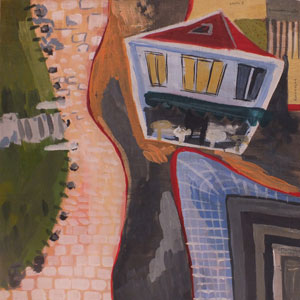 |
Danijela Gračner
Casa, Studentski Trg 11.
“The story of this house begins between the two world wars. It was built by a merchant, who had a shop next to the road (today there is a caffè), a storage space in the basement, and apartments on the first floor. Since then, the building changed many owners. Today its located between hotel and even newer building of Kinothek, just outside the belgrade Philharmonic. There, our (family) atelier is located in place of the old apartment. Another floor was added housing 4 or 5 families. They have destroyed the space in lovely original hallway with ugly metal staircase. On the Facade, there’s a giant crack that appeared during the construction of hotel, and from other part of the house, that mirrored front of Belgrade Philharmonic only half of corridor has left.”
|
“La storia di questa casa inizia tra le due guerre mondiali. Fu costruita da un mercante, che aveva un negozio accanto alla strada (oggi c’è un caffè), uno spazio di immagazzinaggio nel seminterrato, e appartamenti al primo piano. Da allora, l’edificio ha cambiato molti proprietari. Oggi si trova tra l’hotel e l’ancora di più recente costruzione Kinothek, appena fuori dalla Filarmonica di Belgrado. Lì si trova il nostro atelier (di famiglia) al posto del vecchio appartamento. Un altro piano è stato aggiunto
dove alloggiano 4 o 5 famiglie. Esse hanno distrutto lo spazio nel bel corridoio originale,
(aggiungendo) una brutta scala in metallo. Sulla facciata, c’è una crepa gigante che è apparsa durante la costruzione dell’hotel, e dall’altra parte della casa, che si rispecchiava con il fronte della Filarmonica di Belgrado, è rimasto solo la metà del corridoio.” |
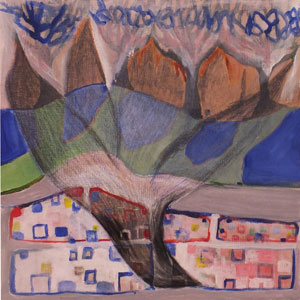 |
Marjia Maša Jovanović
Bulevar Kralja Aleksandra.
“Tre anni fa in quella via c’erano alberi che hanno coperto tutta la via. Quegli alberi hanno fatto ombra e erano spazio per uccelli. Adesso non ci sono (più), gli alberi non esistono, non c’è ombra, gli uccelli non hanno spazio.” (Scritto in italiano nell’originale.)
"Three years ago there were trees in the way that they covered all the way. Those trees have shade and had space for birds. Now there are none, there are no trees, no shade, birds do not have the space." |
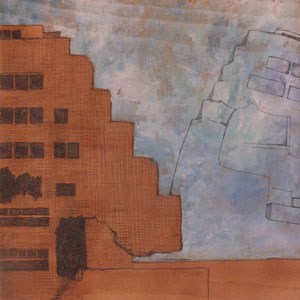 |
Nina Todorović
Zgrade Generalštaba, Kneza Miloša.
“The Buildings of Generalštaba demand attention since the day they became ruins and their fate was unknown. It is necessary for it to be protected as cultural heritage being a
masterpiece of architect Nikola Dobrović. They represent a modernist movement in Jugoslavian architecture. But their survival is questionable. In my opinion, that situation puts in question the whole serbian cultural politic. These buildings are theme of my work for a long period of time and, I think, they need to be preserved.”
|
“Gli edifici di Generalštaba richiedono attenzione dal giorno in cui divennero rovine e il loro destino era sconosciuto. E’ necessario che vengano tutelati come patrimonio culturale essendo un capolavoro dell’architetto Nikola Dobrović. Essi rappresentano un movimento modernista nell’architettura jugoslava. Ma la loro sopravvivenza è discutibile. A mio parere, questa situazione mette in discussione tutta la politica culturale serba. Questi edifici sono il tema del mio lavoro da un lungo periodo di tempo e, credo, hanno bisogno di essere conservati.”
|
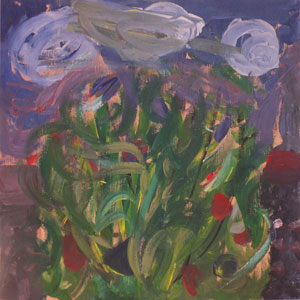 |
Patricia Lazarević
“Jungle”, Banovo Brdo.
“Adventure, unknown, fear and curiosity for brave and dreamers.”
“Avventura, sconosciuto, paura e curiosità per i coraggiosi ed i sognatori.” |
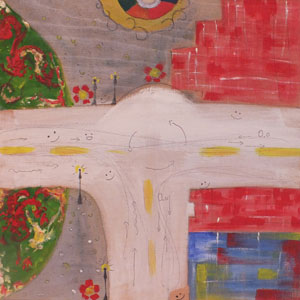 |
Jelena Popović
Zgrade Generalštaba, Kneza Miloša.
“Building is located in Kneza Miloša street. It has a long History, but it was destroyed during the bombing. Today, 15 years after the unfortunate events, its still in the poor, demolished state. It is located in downtown Belgrade, and is very important for Belgrade’s
history. Its reconstruction is in progress, but not much is done.”
|
“L’edificio è situato in via Kneza Miloša. Ha una lunga storia, ma fu distrutto durante i bombardamenti. Oggi, 15 anni dopo gli eventi sfortunati, è ancora in un povero stato di demolizione. Si trova nel centro di Belgrado, ed è molto importante per la storia di Belgrado. La sua ricostruzione è in corso, ma non molto è stato fatto.” |
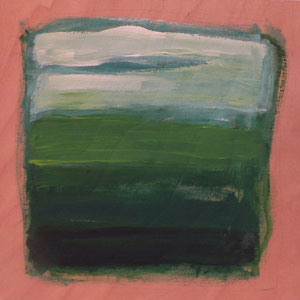 |
Neven Oljačić
Tašmajdan Park.
now and then/ ora e poi
“Now it is reconstructed, but it used to be more beautiful.”
“Ora è ricostruito (il parco), ma una volta era più bello”
|
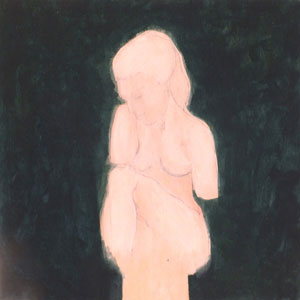 |
Gordana Žikić
MuseumContemporary Art.
“Museum was founded in 1958 and it was first contemporary art museum of Europe. The permanent exhibition numbers more than 35.000 works of art. Museum is now closed for 7 years! It was closed for renovation but because the lack of money to finish renovation it is still closed. New generation are growing up and never been in museum. And the loss for everybody is enormous. Last big international exhibition was 2006. I wish we have more international and national contemporary exhibitions! And to see again collection!”
|
“Il museo è stato fondato nel 1958 ed è stato il primo museo d’arte contemporanea d’Europa. I numeri della esposizione permanente sono più di 35.000 opere d’arte. Il museo è attualmente chiuso da 7 anni! E’ stato chiuso per lavori di ristrutturazione, ma a causa della mancanza di soldi per finire la ristrutturazione è ancora chiuso. Nuove generazioni stanno crescendo e non sono mai state nel museo. E la perdita per tutti è enorme. L’ultima grande mostra internazionale è stata nel 2006. Vorrei che ci siano più mostre di arte contemporanea internazionali e nazionali! E rivedere la collezione!”
|
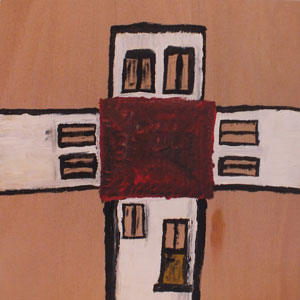 |
Sandra Božic
Casa in Kraljevića Marka, Savamala.
“It was a small traditional house from XIX century. It’s crashed. It was in Kraljevića Marka street.”
“Era una piccola casa tradizionale del XIX secolo. Si è schiantata . Era in via Kraljevića Marka.” |
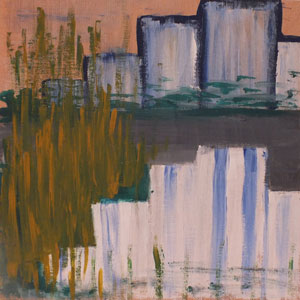 |
Dragan Strunjaš
Močvara, Block 64, Novi Beograd.
“Before it was built (the city of New Belgrade) the whole area was in wetlands. They were dried for the city to be built. One small part existed until the end of XX century at the corner of Block 64. It was an attraction among children who used to have a great time playing there because it was a rare natural place inside a big urban structure.”
|
“Prima della sua costruzione (la città di Nuova Belgrado), l’intera area era paludosa. Le paludi sono state essiccate per costruire la
città. Una piccola parte è esistita fino alla fine del XX secolo, in un angolo del Block 64. Era
un’attrazione tra i bambini che abitualmente vi giocavano lì perché era un luogo naturale raro all’interno di una grande struttura urbana.” |
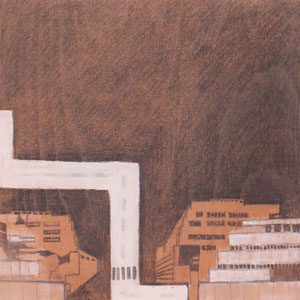 |
Sandra Stojanović
Zgrade Generalštaba, Kneza Miloša.
“I choose this place because of it cultural, architectural and historical value; it embodies paradoxes around how Serbia perceives and preserved its cultural heritage.”
“Ho scelto questo posto per il suo valore culturale, architettonico e storico; incarna paradossi su come la Serbia percepisce e conserva il suo patrimonio culturale.”
|
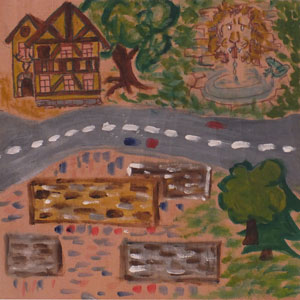 |
25_Lidija Kljakić
25a: “Yellow Hause”, Borska 9, Miljakovac.
“Across the street from my apartment building, until mid 80’s, there was a vast meadow, old oak tree and Bavarian style mansion probably a hunters house dating from after world war II when the surrounding was a hunting site. It was a total opposite to building that we lived in, more resembled a movie scene. In mid 80’s it was burned to the ground. Few months later, the construction of new block buildings begun.”
25b: Fountain King Aleksandar, Lisičji Potok, Savski Venac.
“It used to be wild, mystique forest ambient, today it’s buried under pile of dirth (Dirth came from illegal buildings sites from 90’s).” |
"Dall’altra parte della strada dal mio condominio, fino alla metà degli anni ‘80, c’era un vasto prato, una vecchia quercia ed un edificio in stile bavarese, probabilmente una casa per cacciatori, risalente a dopo la seconda guerra mondiale, quando l’ambiente circostante era un sito di caccia. Era dall’altra parte della casa dove abitavamo, assomigliava ad scena di un film. Nella metà degli anni ‘80 l’edificio è stato raso al suolo. Pochi mesi più tardi, la costruzione di nuovi edifici è iniziata.
25b: La Fontana di re Aleksandar, Lisičji Potok, Savski Venac.
“Un tempo era un ambiente mistico silvestre, oggi è sepolto sotto una pila di sporco (Sporco che arriva dai siti di costruzioni di edifici illegali degli anni 90).”
|
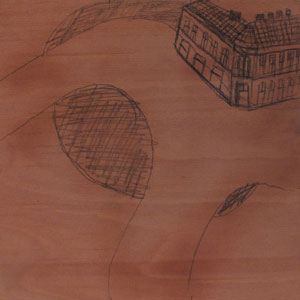 |
Aleksandar Denić
Tavern Kolarac, Kolarceva Street
“Notorious place for any company, for all the times and occasions, now there stands shopping mall Staklenac.”
“Posto notorio per compagnia, per tutte le volte e le occasioni, ora ci si trova il centro commerciale Staklenac.”
|
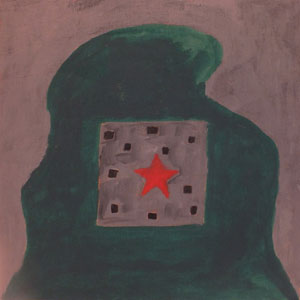 |
Branko Ninčić
Museum of Revolution near Palace of Serbia, Novi Beograd.
“Museum of Revolution was founded in 1959 on the 40th anniversary of the Central Committee. The museum building was never finished, foundation can now be seen between building of SIV and Ušće Tower (former building of Central Committee)."
“Il Museo della Rivoluzione è stato fondato nel 1959 in occasione del 40° anniversario del Comitato Centrale. L’edificio del museo non fu mai terminato, le fondamenta possono essere viste tra gli edifici di SIV e Ušće Tower (ex edificio del Comitato Centrale)." |
|
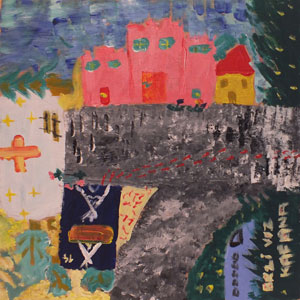 |
Inela Kovačević
Dušanovac Steet, Voždovac.
“Few years ago, the street was beautiful, with old buildings, and green gardens full of flowers and trees. Then they demolished some old buildings and made new ones, and now the street does not look pretty anymore. They destroyed rural concept of the street and made modern look with buildings wich look like boxes.”
“Pochi anni fa, la strada era bellissima, con i vecchi edifici, giardini verdi e pieni di fiori e alberi. Poi hanno demolito alcuni vecchi edifici e ne hanno fatti di nuovi, e ora la strada non èpiù bella. Hanno distrutto il concetto rurale della strada e realizzato edifici dal look moderno, simile a scatole.” |
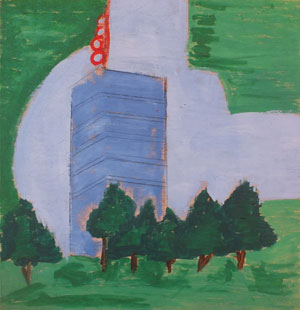 |
Zara Audiello
Ušće Tower, Mihajlo Pupin Boulevard, Novi Beograd.
“Former head quarter of Communist Party, was bombed during Nato bombing in 1999. After bombs was purchased by Holding (includes Bank), and restaling with glass cover.”
“Sede centrale dell’ex Partito Comunista, è stata bombardata durante i bombardamenti della NATO nel 1999. Dopo le bombe è stata acquistata da una Holding (include anche una banca), e restaurata con copertura in vetro.” |
|
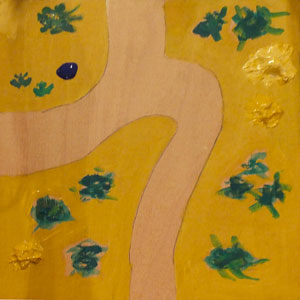 |
Ljubomir Popovski
Sandy terrain, now Arena.
"This place used to be a sandy terrain, and now there is a venue called Arena. For citizens of Belgrade this sandy terrain represented an oasis that was confronting the process of hyperconstruction and urbanization of New Belgrade."
"Questo posto era un terreno sabbioso, e ora c'è un luogo chiamato Arena. Per i cittadini di Belgrado questo terreno sabbioso ha rappresentato un'oasi rispetto al processo di hypercostruzione e urbanizzazione di Nuova Belgrado." |
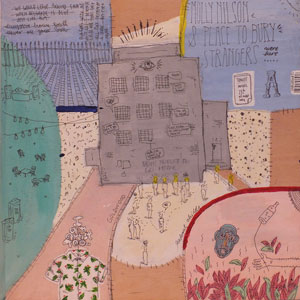 |
Dragana Kritinić
Beko Building– Textile Fabric, Bulevar vojvode Bojovića.
“It’s a huge abandoned building where once was a textile factory. In October 2012 young artists decided to open a cultural center and club there, called Drugstore. It was like Belgrade’s Downtown 500 (a place in NY from 80’s where around 500 artists were going out). So, all of the designers and all kind of artists were going out there listening and playing music. There was a nice garden, so during the summer nights that was a dance floor. It’s a place where I first fall in love here in Belgrade, met a lot of people who influenced my life and head one of the favourite bands playing live. Now (2014) they moved Drugstore from Beko building and I heard that now they are going to destroy the building and build huge fancy, deluxe hotel.”
|
“E’ un enorme edificio abbandonato dove una volta vi era una fabbrica tessile. Nell’ottobre 2012 giovani artisti vi hanno deciso di aprire un centro culturale e club, chiamato Drugstore. E’ stato come il Downtown 500 di Belgrado (che era un posto a New York degli anni ‘80 dove circa 500 artisti vi andavano per uscire). Così, tutti i designer e tutti i tipi di artisti vi andavano per ascoltare e suonare musica. C’era un bel giardino, così durante le notti d’estate, diveniva una pista da ballo. E’ il posto dove mi sono innamorata la prima volta qui a Belgrado, ho incontrato un sacco di persone che hanno influenzato la mia vita e una volta una delle mie band preferite vi ha suonato dal vivo. Ora (2014) hanno spostato Drugstore dalla costruzione Beko e ho sentito dire che ora distruggeranno l’edificio per costruire un enorme fancy, albergo delux.” |
